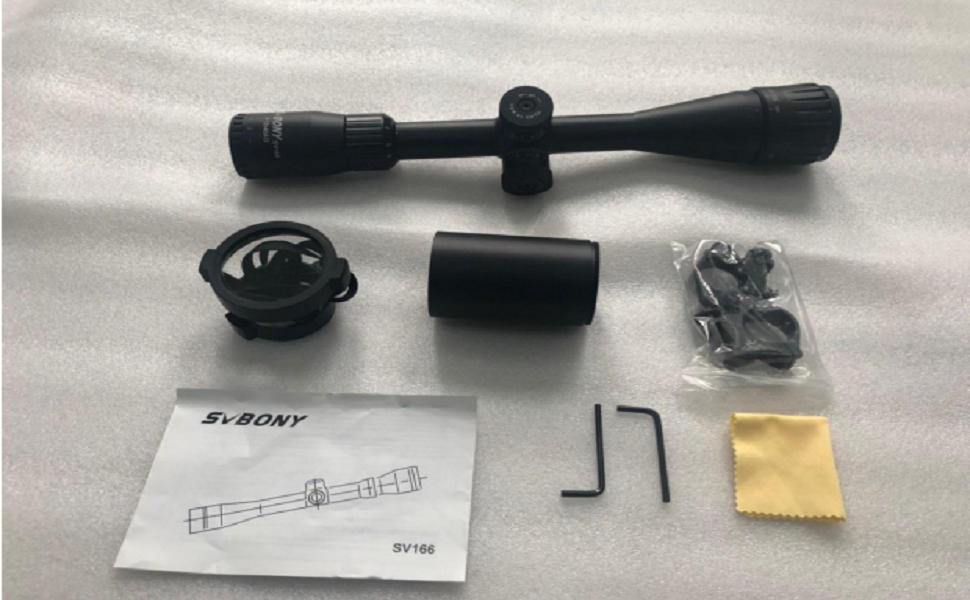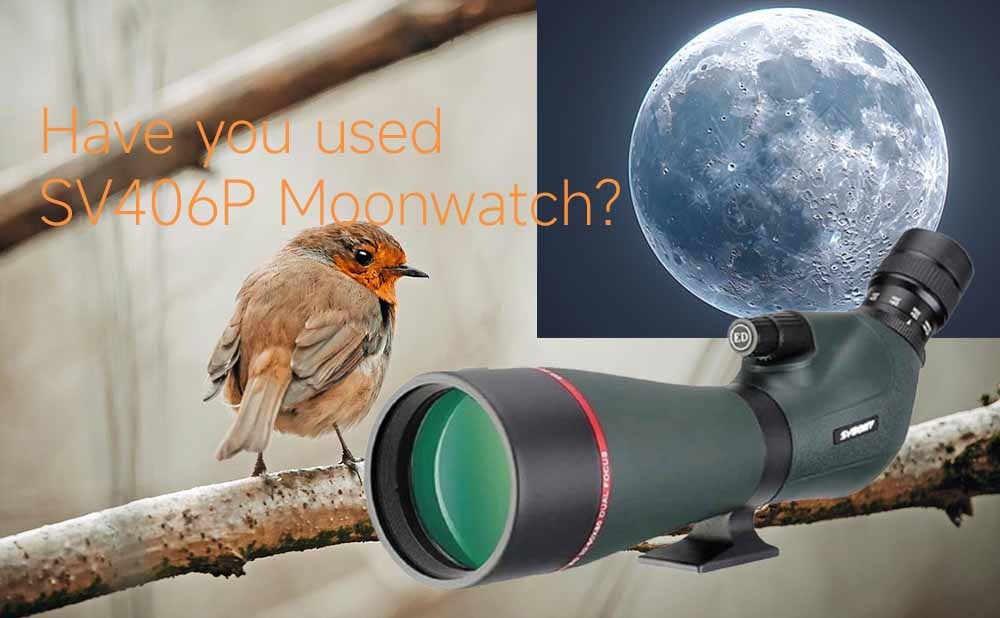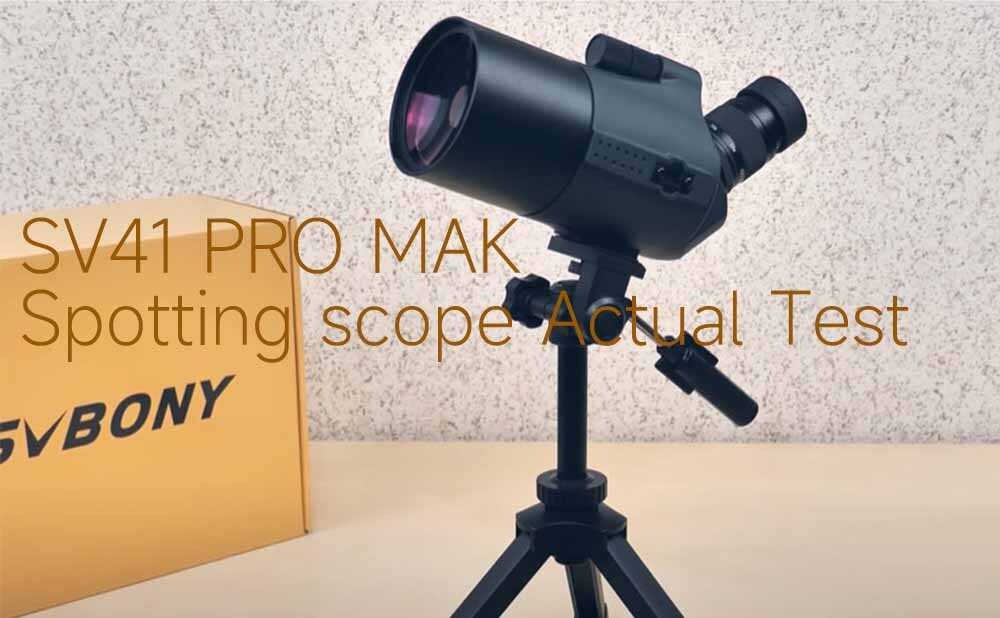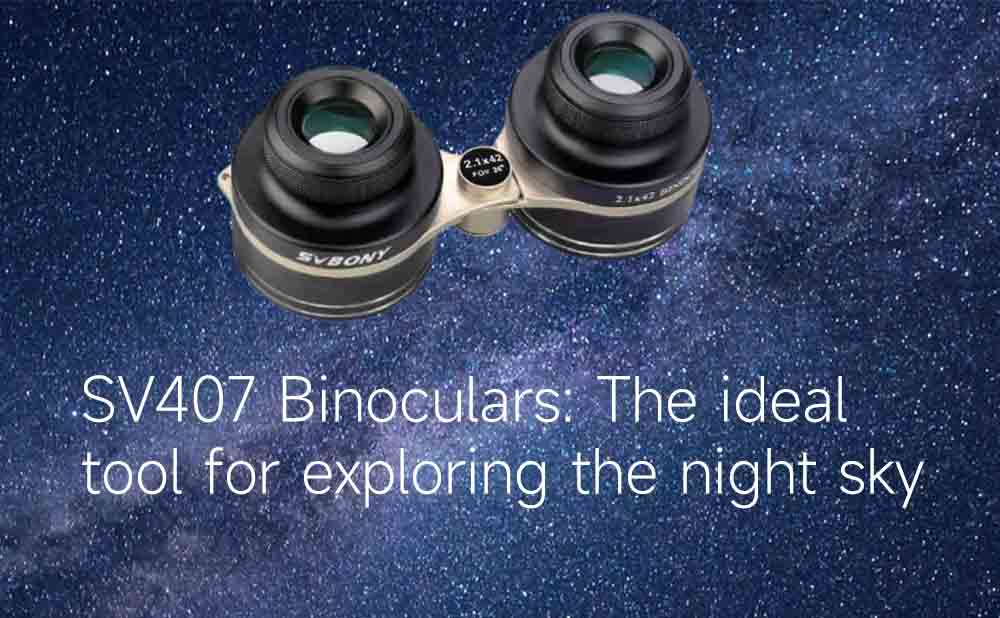Search
What are you looking for?
My Account
How to Use A Rifescope
How to Use A Rifescope
- Posted by:Cindy
- 0 Comments

1. The first is to zero the parallax (with AO and side focusing ignored) to see how big the parallax of your optical sight is: put the optical sight on a fixed object, aim at the target 15 meters away, do not touch your hand Light aiming, use the aiming eye to look at something 15 meters away from the exit pupil of the aiming eye, and then shake your head slightly, you will find that with the shaking of your head, the cross line of the light aiming is between the target and the target. It is also relatively swaying, and the range is very large (10-15 cm is possible)! That is to say, if the light sight is fixed, the position of your eyes determines the target point of the crosshair! Therefore, the parallax must be adjusted to zero before use.
2. If you want to aim comfortably and shoot accurately, you must first eliminate the parallax of the optical sight. Our goal is to be at a distance of 15 meters. As long as the optical sight is fixed, no matter which way your eyes are swayed, the optical sight you see will be visible. The target point aligned with the center of the cross will not change, so when you aim with a slight change in the position of your eyes, the position you are aiming at is still accurate. Only then can the aiming point and the impact point of the live ammunition tuning be as close as possible!
3. Parallax "zeroing" method: general optical sights have already set a "zero parallax" distance from the factory, but they are generally far away, and we need to change this zero parallax distance to the 15 we want. M, for the aiming with objective lens focusing, you can directly turn the objective lens to adjust, if there is no objective lens focusing, you can generally unscrew the outer ring in front of the objective lens to expose the inner ring with external threads, rotate the inner ring, the objective lens will follow. And move back and forth, you can adjust the inspection zero distance.
4. Aim the light sight at the target at 15 meters, turn the objective lens, make sure the light sight is fixed, shake the aiming eye to observe whether the cross line and the target move relative to each other; repeat this step until no matter how much you shake the eye, the cross line The lines are all aimed at a fixed point at 15, even if you are outside the exit pupil distance of the optical sight or at a very deviated position, and you can barely see the reticle, the center of the reticle will be unbiased. Aim for that fixed point! Fix the objective lens at this point, and your "parallax zeroing" is complete.
5. After the parallax is reset to zero, you can use live ammunition to zero and aim left and right, up and down, and you can regain your confidence. If it is a compressed air gun, even a novice should have a good score with 15 meters!
Then there is the zeroing of the aiming: after the parallax is zeroed, you can perform the zeroing of the aiming, that is, the alignment of the up, down, left and right of the aiming crosshair.
Traditional calibration: (1) Fix the gun, find a distance of 20-30 meters to shoot, fire several shots in a row, first check whether the impact points of your own can overlap, if you do not use the seedlings, the bullets cannot overlap , then it's your first time to overhaul your gun. (2) If the impact points of the bullets coincide, or the spread is less than 2CM, then you can start the calibration. (3) Keep the gun fixed, shoot at a fixed target of 20-30 meters, and then use the adjusting button of the aiming to adjust up and down, left and right, so that the crosshair of the aiming is overlapped on the impact point. Shoot again, recalibrate, and repeat the above actions at least 5 times. Your sight is now aligned with the gun.
Calibrator calibration: Use the laser calibrator for calibration, so that the aiming can be directly calibrated without complicated debugging. Install the laser on the gun, open the device, and a horizontal straight line will be shot. You can directly calibrate with the point aiming at the corresponding distance.






